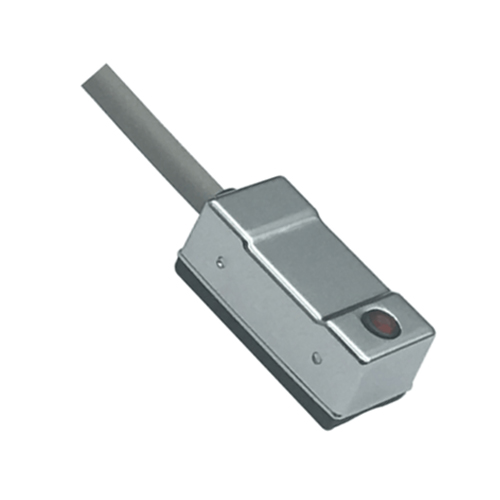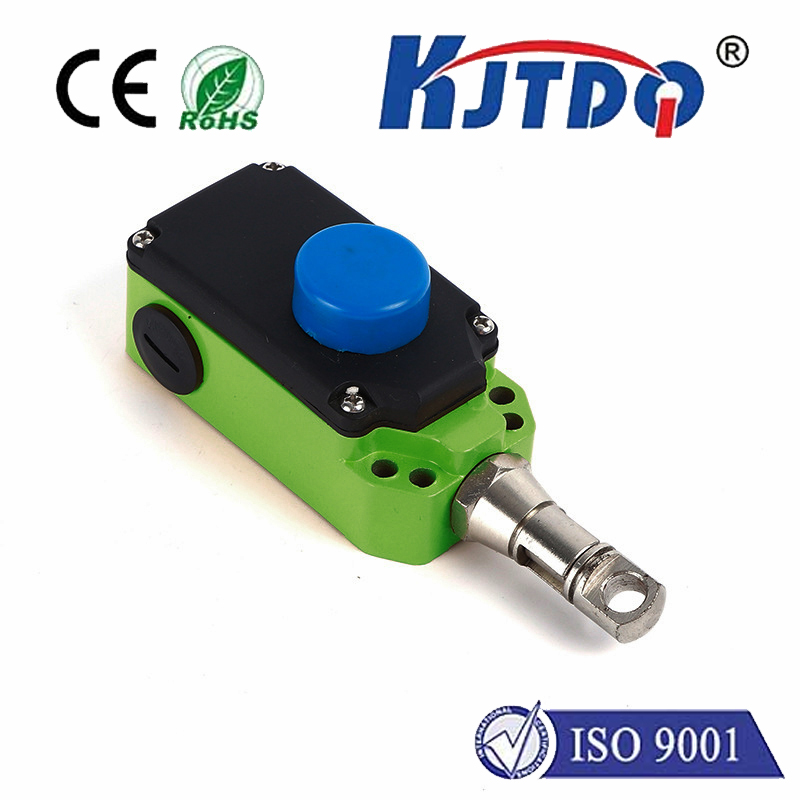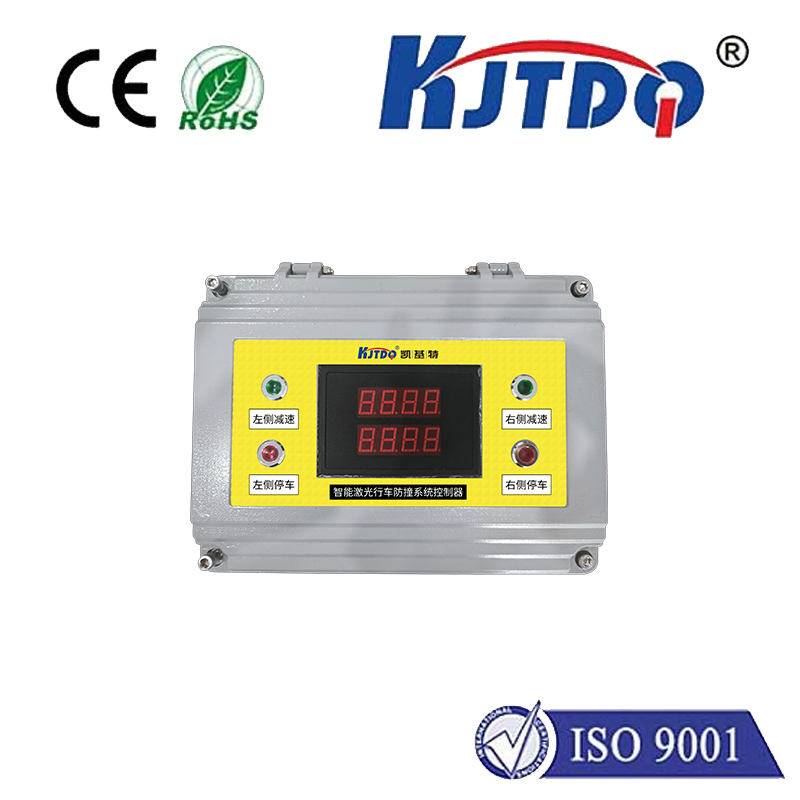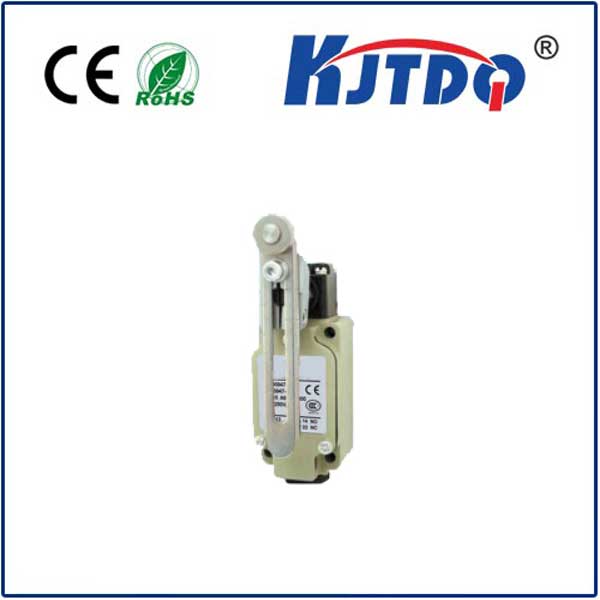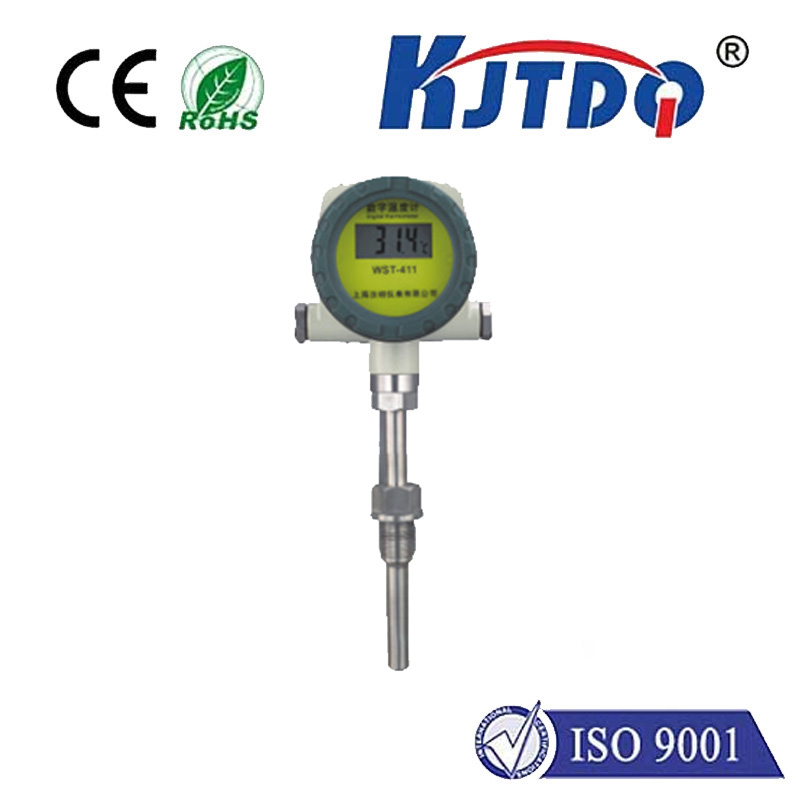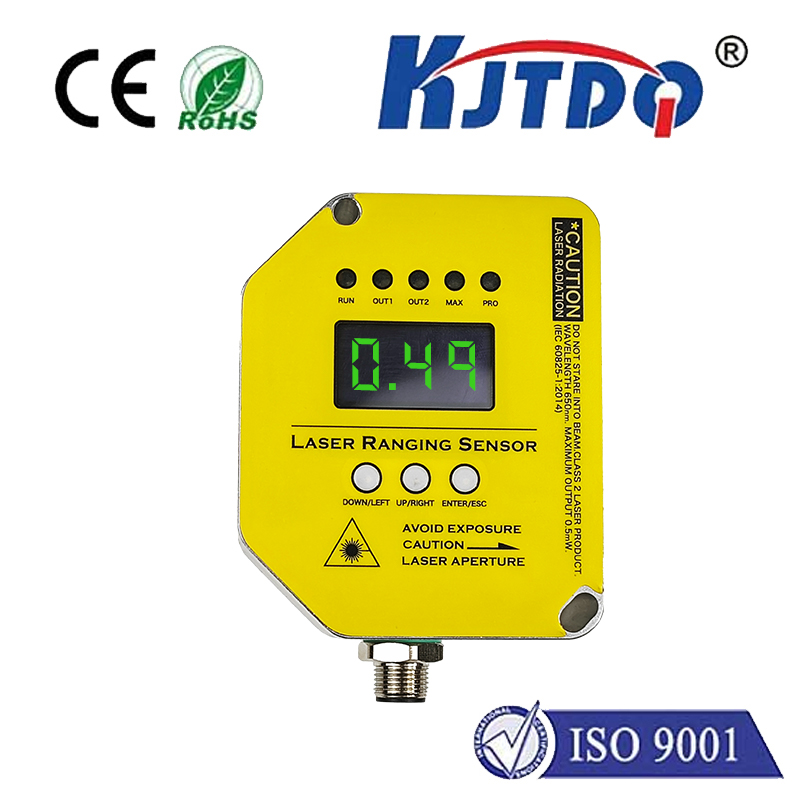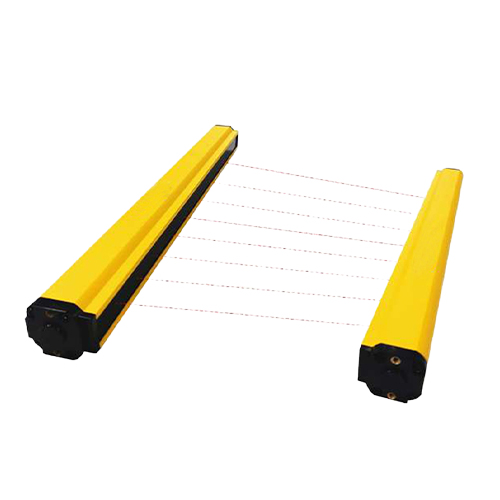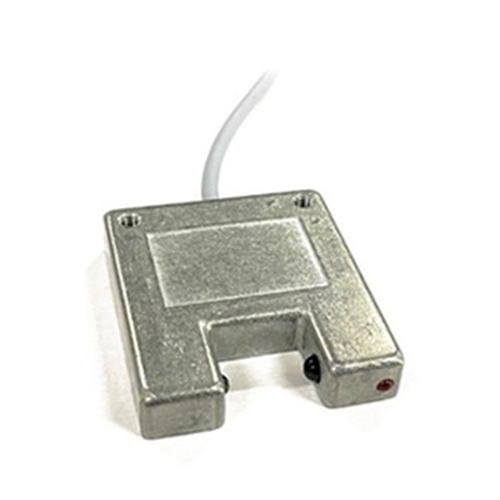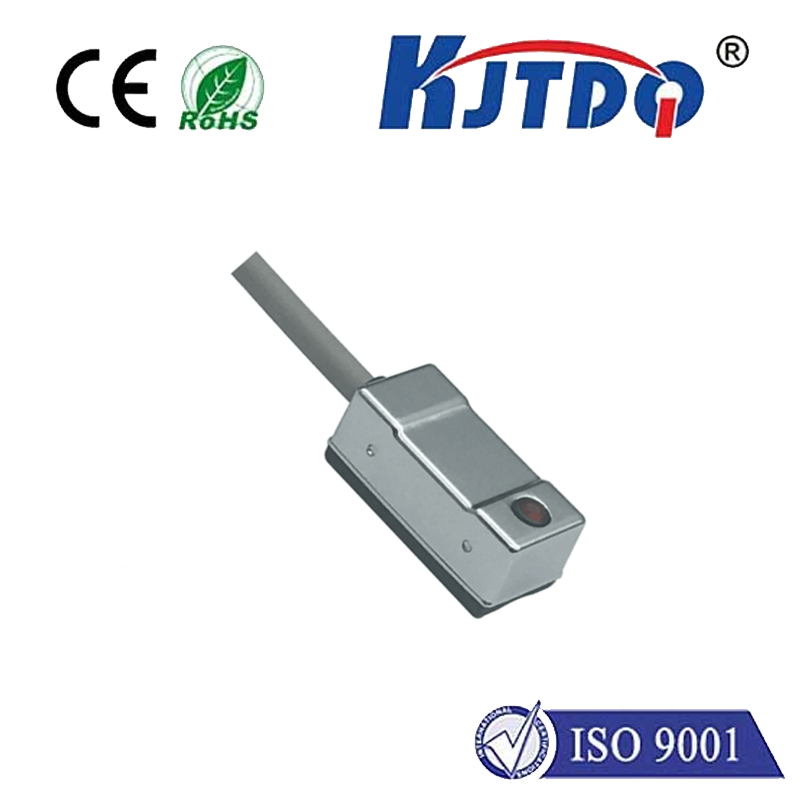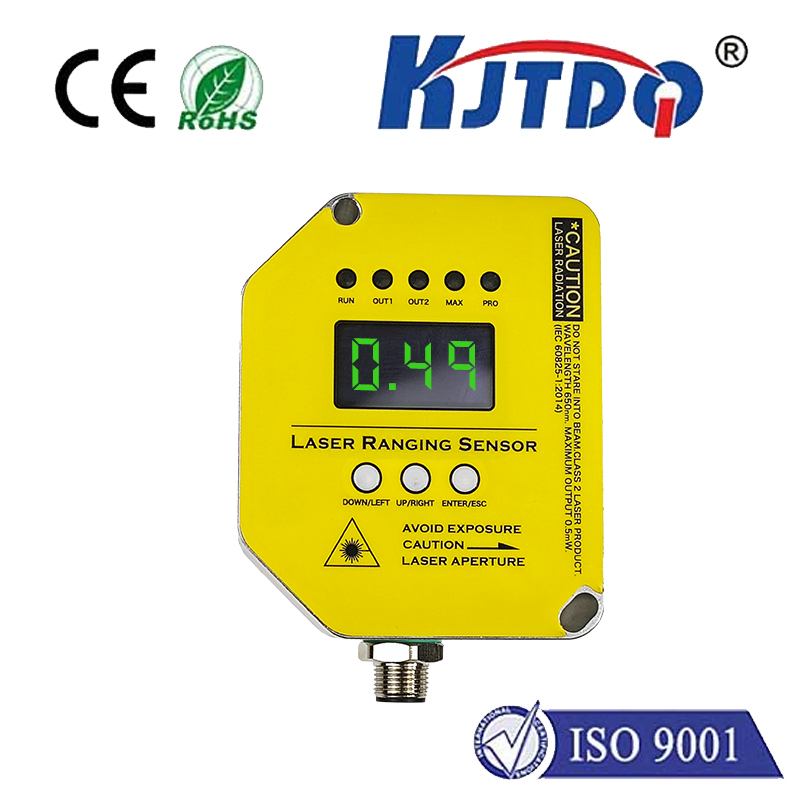

check

check

check

check

check

check

check

check

check

check
Title: The Versatile World of Photoelectric Switch Sensors
Introduction:
In the realm of automation and industrial applications, photoelectric switch sensors have become an indispensable component. These remarkable devices utilize light beams to detect the presence or absence of objects, triggering signals that can be used for a variety of purposes. In this article, we will delve into the fascinating world of photoelectric switch sensors and explore their many uses across different industries.
Principle of Operation:
Photoelectric switch sensors operate on the principle of interrupting or reflecting a beam of light. They consist of an emitter and a receiver placed opposite each other. When an object passes between them, it either blocks or reflects the light beam, depending on the type of sensor, causing the output signal to change state. This simple yet effective mechanism forms the core of how these sensors function.
Types of Photoelectric Switch Sensors:

There are primarily two types of photoelectric switch sensors:
1. Transmissive Sensors: These sensors have a transmitter and receiver on opposite sides. An object must pass directly through the light beam to trigger the sensor.
2. Reflective Sensors: In these sensors, the transmitter and receiver are housed in a single unit. They rely on the reflection of the light off an object to activate the sensor.
Applications:
The versatility of photoelectric switch sensors is evident in their diverse applications. They are commonly found in manufacturing lines where they monitor product movement, ensure proper alignment, and count items. Additionally, they are used in packaging machines to detect products entering or exiting the process.
In the automotive industry, these sensors play a crucial role in assembly lines by ensuring that components are correctly installed during production. They also contribute to safety measures by detecting the presence of operators in potentially hazardous areas.
Moreover, photoelectric switch sensors find uses in logistics and warehouse management. They help track inventory levels by counting products as they move through storage facilities. They also serve as part of safety systems, alerting when people or objects enter restricted zones.
Benefits:
One significant advantage of photoelectric switch sensors is their non-contact nature, which eliminates wear associated with physical contact mechanisms. Their high reliability makes them suitable for environments with dust, mist, or vapors where other sensors might fail. Furthermore, they offer fast response times and can be easily integrated into automated systems for efficient control.
Conclusion:
Photoelectric switch sensors represent a cornerstone technology within automation and industrial sectors. With their ability to detect objects using light beams, they provide precision, reliability, and versatility across various applications. As industries continue to evolve towards greater automation, the demand for advanced sensing technologies like photoelectric switches will undoubtedly increase, making them essential tools for efficiency and innovation.
